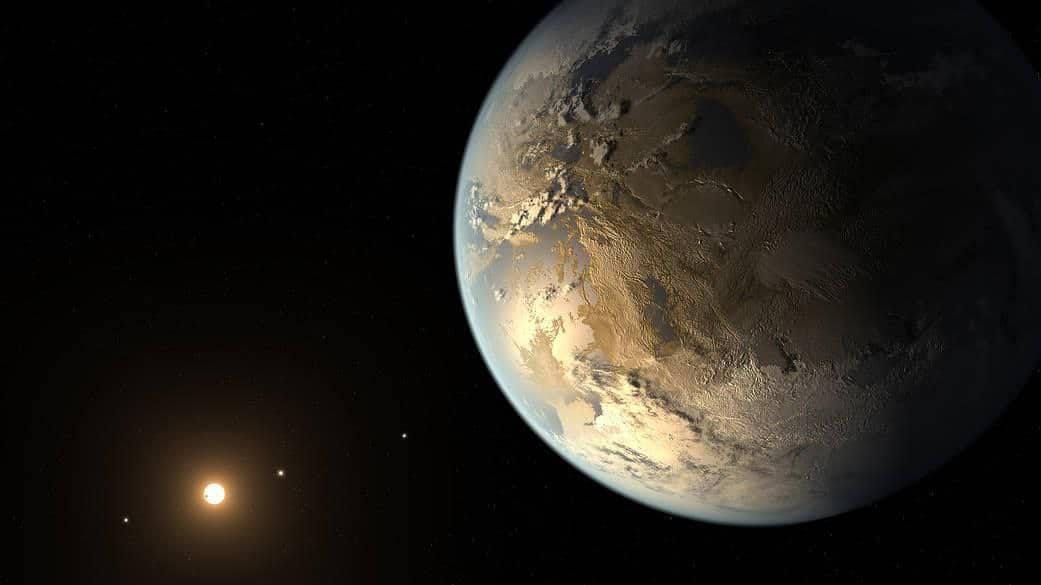Scientists all over the world made their best to find life other than on our earth for years. During these explorations, they were able to identify more than 5000 exoplanets. These are the planets outside our solar system which orbit another star. According to the theoretical analysis of scientists, our milky way galaxy can hold as many as 50 million planets that are similar to earth. So, why life only on earth? The orbiting path of the planet determines its potential for life support. If a planet orbits a star through its habitable zone, it has a great possibility for life support and liquid water because it is the distance from a star where conditions might be just right for life. According to this, the earth orbits the sun through its habitable zone. One such planet is Kepler 22-b. It is 36 times heavier than the earth and its radius is 2.5 times that of the earth. It is about 635 light-years far from our earth. Despite the little distance, it has enormous life potential. Finding a planet like Kepler 22-b is difficult since its star’s brightest glare always hides it. However, scientists could observe Kepler 22 (star of 22-b) through the transit method and they were able to spot the light variation of the star. This helped them understand that a planet is passing in front of it and they could determine its mass and radius. So, 635 years? It can be 10 times the natural life span of humans. But there is a way to compensate for this issue. The idea is to find a way to preserve our bodies and extend the natural life span like cryogenic sleep. NASA had already developed cryo-sleep chambers even though the trip is going to be long and risky. Also, Kepler 22-b is lucky to have a star like our own sun which is a little cooler and they have a moderate temperature ranging from 15°c to 30°c which sounds quite natural for inhabitation. But it’s not over, some models even suggest that Kepler 22-b is spinning on its sides such as our Uranus which means either the north or south part will be shrouded by darkness for a full year or a half year. Although they have yet to determine whether kepler22-b is a rocky planet. If it is a gaseous planet or an ocean planet, the inhabitation will be risky. According to the studies, its gravity may be double that of the earth which means if we want to settle down in the Kepler 22-b we have to bulk up. In summary, we might find millions of Earth-like planets, but for human inhabitation, no planets can stand up to the blue planet.
- Home
- Non Fiction
- Kepler 22-8: Can the exoplanet be earth2.0










Post Comment